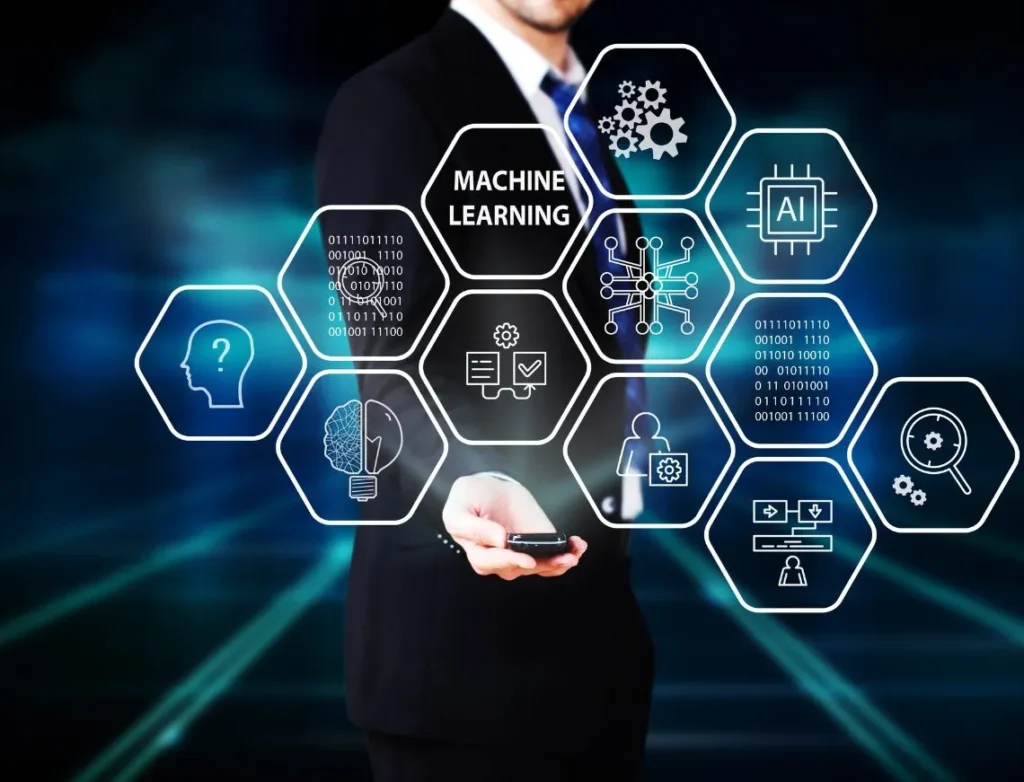
Data Science vs Machine Learning vs Analytics: Key Guide
Data science, machine learning, and data analytics are often confused or used interchangeably. However, each field has unique roles, tools, and applications. If you are exploring a career in the data-driven world, understanding the differences between data science vs machine learning vs analytics is essential. This guide explains the fundamentals of each field, compares their scope, skills, tools, and use cases, and helps you decide which path fits your career goals. What Is Data Science? (Data Science Basics) Data science basics begin with extracting knowledge from structured and unstructured datasets using scientific methods, processes, and algorithms. It is the broadest field among the three, often serving as the umbrella that covers both data analytics and machine learning. Data scientists usually work with large datasets to uncover insights that fuel decision-making. This involves: Common Data Science Tools include: Data science is widely applied across industries such as healthcare, finance, and marketing, where organizations depend on extracting insights from complex datasets. What Is Data Analytics? (Analytics vs Data Science) When comparing analytics vs data science, the main difference lies in focus. While data science is broad, data analytics zeroes in on interpreting existing datasets to support immediate decision-making. Data analytics insights typically emphasize patterns, statistical relationships, and trends to answer “what happened” and “why it happened.” Analytics Techniques Data analytics techniques fall into four main categories: Popular Tools for Data Analytics include: Excel, Tableau, and Power BI. Because of its ability to generate actionable insights, analytics is central to business intelligence, market analysis, and operational efficiency. What Is Machine Learning? (Machine Learning Overview) Machine learning (ML) is a subset of data science that focuses on building algorithms enabling computers to learn and improve from data without explicit programming. Unlike traditional analytics, machine learning models don’t just describe past data—they predict and automate decisions in real time. Key Machine Learning Techniques Common Machine Learning Tools include: TensorFlow, Scikit-learn, and Keras. Machine learning powers innovations such as recommendation engines, natural language processing, image recognition, and autonomous systems, making it one of the fastest-growing fields in tech. Data Science vs Machine Learning vs Data Analytics: Key Differences If you’re comparing data science vs machine learning vs data analytics, here are the main distinctions: Scope: Objectives: Tools: Understanding these differences helps align your career path with the field that matches your strengths and interests. Skills and Tools Required in Each Field Each domain demands specific expertise: Having the right blend of skills allows professionals to leverage the most effective tools and thrive in their chosen field. Applications and Real-World Use Cases The three fields support different applications: They work together to propel automation, innovation, and business intelligence across industries. Choosing the Right Path: Career Considerations Wondering whether to choose analytics vs data science vs machine learning for your career? Consider the following: Education and Accessibility The best choice depends on your passion, strengths, and career aspirations. Conclusion: Data Science vs Machine Learning vs Analytics – Which Is Best for You? Choosing between data science vs machine learning vs data analytics comes down to personal interests and professional goals. Each field contributes uniquely: Identify the type of problems you want to solve, match them with the right skills, and pursue that path with commitment. The future of data-driven careers is promising—whichever route you take. FAQ’s



